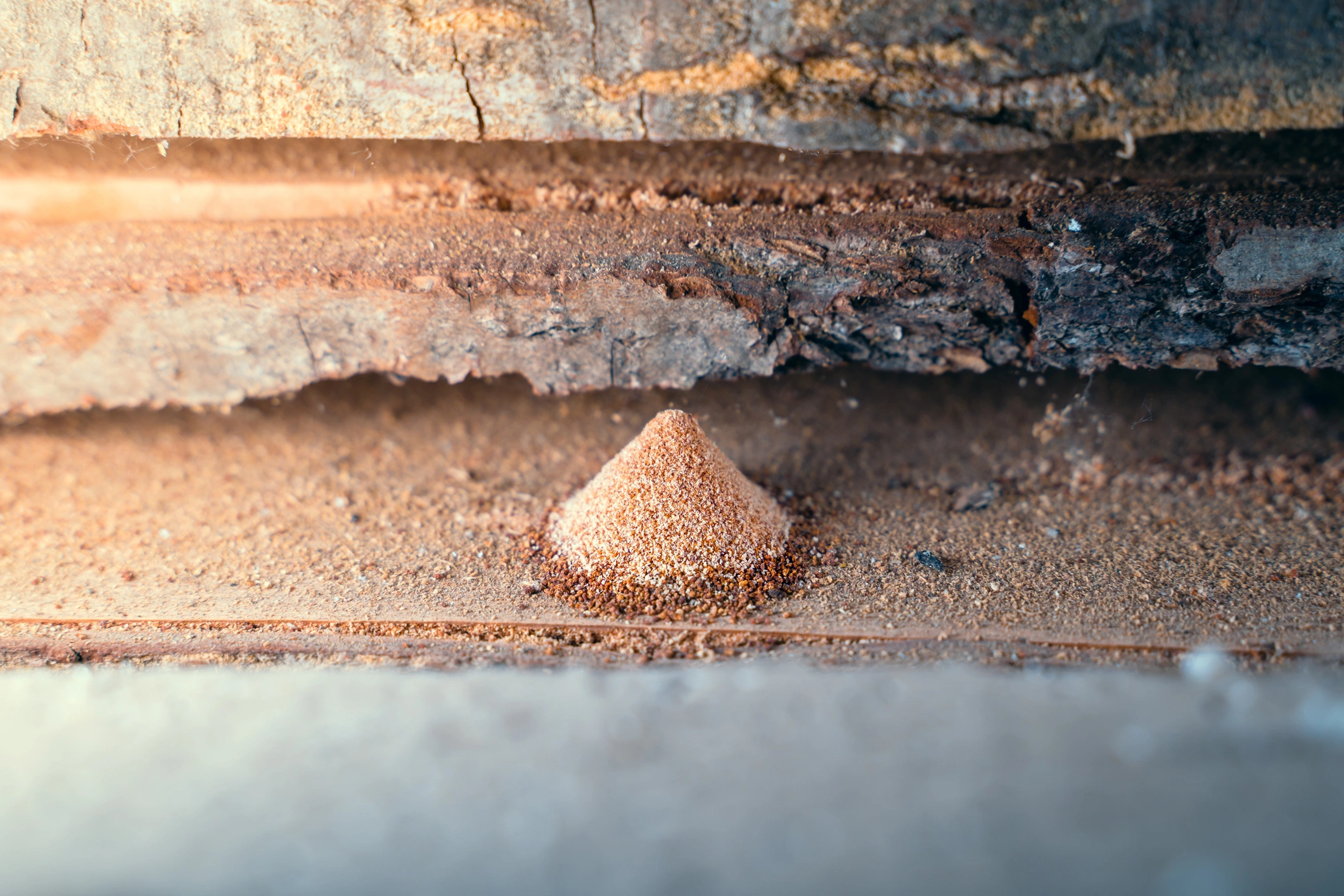

Termite Treatment in Diboll, TX
Termite treatment in Diboll, TX by Spot On Pest Control, LLC. Protect structures with inspections, proven liquid and bait systems—book expert service now.

Termite Treatment in Diboll, TX
Termites are one of the most destructive pests affecting homes in Diboll, TX. The warm, humid climate and abundant timber and pine-based landscaping in Angelina County create ideal conditions for subterranean and drywood termite activity. Professional termite treatment in Diboll, TX protects structural integrity and stops active colonies before damage becomes expensive to repair. This page explains inspection and detection methods, treatment options, structural protection strategies, warranty and monitoring programs, common signs of infestation, and practical recommendations for remediation and long-term prevention.
Why timely termite treatment matters in Diboll, TX
Termite activity in East Texas is year-round. Subterranean termites, which build mud tubes from soil to wood, and drywood termites, which can infest attic framing and furniture, both occur in this region. Left unchecked, termites compromise load-bearing members, flooring, trim, and porches. Because termite damage is often hidden inside walls or under floors, early detection and professional treatment are critical to limit repairs and preserve home value.
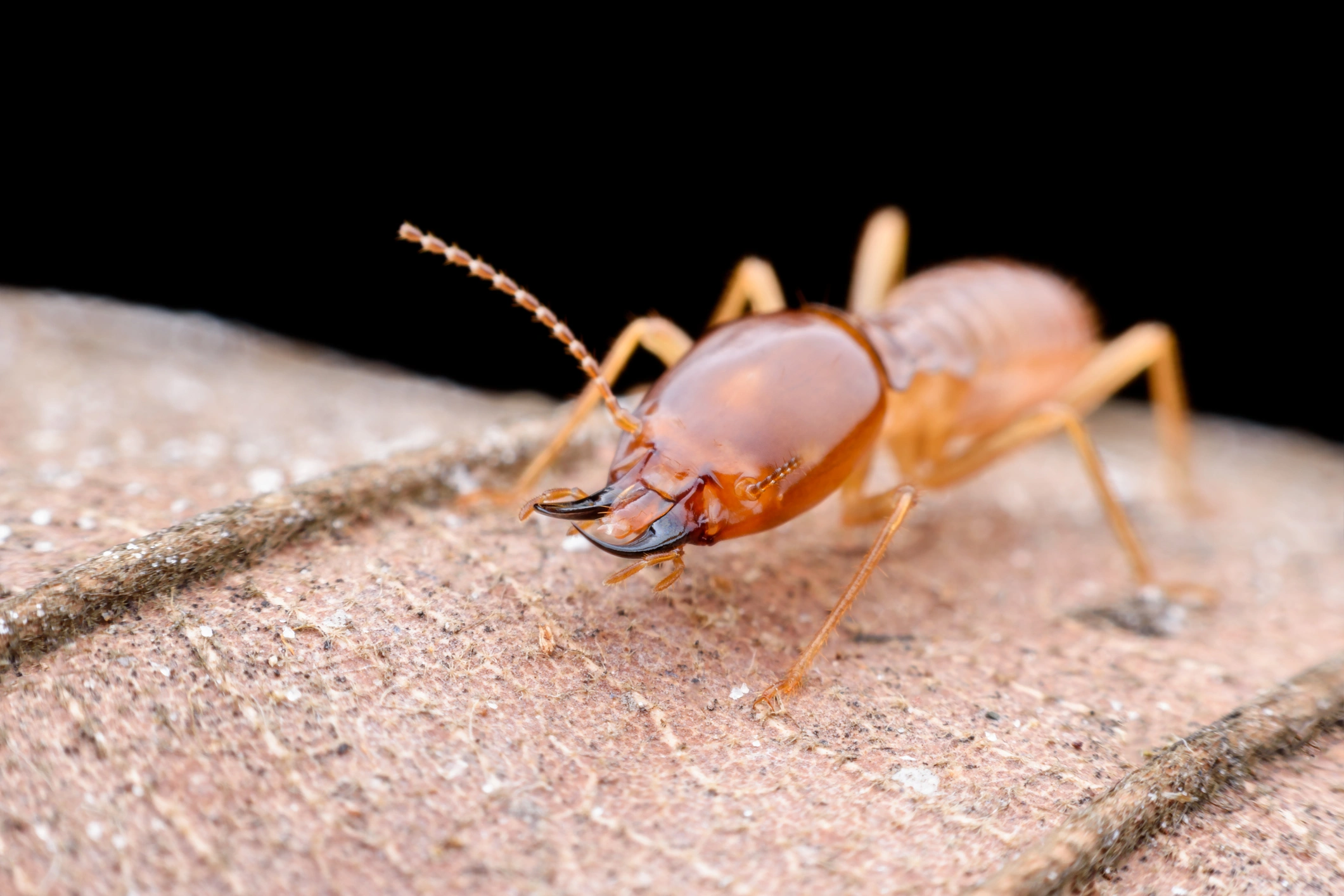
Common termite signs in Diboll homes
Recognizing early indicators makes inspections more effective. Look for:
- Mud tubes along foundations, piers, or crawlspace walls.
- Hollow-sounding or sagging wood when tapped.
- Frass (tiny wood pellets) and piles of discarded wings near windows or light fixtures, indicating swarming drywood termites.
- Blistered or bubbled paint and tight-fitting doors or floors from moisture caused by colony activity.
- Damp or musty crawlspaces and consistent moisture next to foundations.
Inspection and detection methods
A thorough termite inspection in Diboll, TX combines visual assessment with diagnostic tools and localized expertise about regional termite species. Typical steps include:
- Comprehensive visual inspection of exterior foundation, porches, decks, eaves, attic, and crawlspace.
- Probing suspected wood with an awl or screwdriver to detect soft spots.
- Use of moisture meters to find elevated moisture behind walls or along sill plates.
- Infrared cameras to locate temperature differences that suggest hidden activity.
- Borescope or inspection camera to view inside voids or wall cavities when necessary.
- Inspection of monitoring stations and bait stations around the property for activity signs.
Results from these diagnostics determine whether a targeted, localized treatment will suffice or if whole-structure protection is required.
Treatment options available in Diboll
Treatment choice depends on termite species, infestation size, location of activity, and homeowner priorities. Common, effective options include:
Liquid soil treatments
Termiticide applied to soil around and beneath the foundation creates a chemical barrier that repels or eliminates subterranean termites on contact or after transfer.
Effective for perimeter defense and to stop active soil-connected colonies.
Baiting systems
Interceptor or bait stations placed in the ground around the perimeter detect foraging termites and introduce slow-acting insect growth regulators or toxicants that the colony shares.
Good for long-term monitoring and colony elimination with lower chemical usage around the structure.
Localized wood treatments
Direct application of wood treatments or non-repellent products to infested framing, joists, or sill plates when activity is limited and accessible.
Fumigation or target fumigation for drywood termites
Drywood termite infestations in attics or furniture are sometimes best treated with tent fumigation or localized heat treatments to penetrate galleries.
Combination strategies
In many Diboll homes a combination of liquid barrier and baiting gives both immediate knockdown and long-term protection.
Structural protection strategies
Beyond chemical or bait treatments, structural changes reduce vulnerability and improve long-term resistance:
- Eliminate wood-to-soil contact by grading soil away from the foundation and installing concrete or metal piers where needed.
- Replace damaged structural wood with pressure-treated or naturally resistant species.
- Install physical barriers such as stainless steel mesh or crushed rock barrier systems where appropriate.
- Improve ventilation and reduce crawlspace humidity with vents, vapor barriers, or encapsulation to make conditions less hospitable to termites.
- Maintain a gap between soil or mulch and wood siding, decks, and porches.
Warranty, monitoring, and service programs
Professional termite service in Diboll typically includes ongoing monitoring and documented warranty options:
- Written inspection reports following initial evaluation, with recommended treatment scope.
- Termite bonds or service agreements that set inspection intervals (monthly, quarterly, or annually) and warranty terms.
- Monitoring station checks at scheduled intervals to detect re-infestation early.
- Retreatment guarantees for a specified period when active termites return after initial treatment, subject to the terms of the agreement.
- Records and documentation useful for real estate transactions and insurance inquiries.
Reviewing warranty fine print is important; coverage can vary based on whether structural repairs or preventative measures were completed.
Remediation and immediate homeowner steps
If you suspect termite damage:
- Avoid disturbing suspected infestation areas; moving or brushing away mud tubes can hinder accurate diagnosis.
- Reduce moisture sources by fixing leaks, redirecting downspouts, and improving drainage.
- Remove wood debris, firewood, and cardboard from near foundations.
- Provide access for inspection by clearing storage from attics and crawlspaces.
A professional inspection will guide whether localized treatments, full-perimeter treatment, or fumigation is required, and outline the expected timeline and post-treatment verifications.
Preventive maintenance recommendations for Diboll properties
Consistent prevention reduces long-term risk and keeps warranty programs valid:
- Maintain a 6 to 12 inch clearance between soil or mulch and wood siding.
- Keep gutters clean and ensure water drains away from foundations.
- Store firewood off the ground and away from structures.
- Avoid excessive mulch depth near foundations and use termite-resistant materials where possible.
- Monitor attic and crawlspace humidity; install dehumidifiers or improve ventilation if needed.
- Schedule annual termite inspections, especially in high-risk areas of East Texas.
Conclusion
Termite treatment in Diboll, TX requires a regionally informed approach that combines accurate inspection, the right treatment methods, structural corrections, and a reliable monitoring plan. Acting quickly at the first signs of termites preserves structural integrity and limits repair costs. Professional diagnosis will identify the termite species, recommend the most appropriate treatment strategy, and outline warranty and monitoring options to protect your home over time.
Termite Treatment in Diboll, TX With Early Detection & Full Protection
Termites can destroy your home before you know they’re there. Our proven termite treatment in Diboll, TX identifies infestations early and applies precision treatments that stop colonies in their tracks. Spot On Pest Control, LLC includes this service in long-term protection plans for total peace of mind. Book your termite inspection now.
Defend Your Home From Termites With Proven Treatments
Our Services
Our pest control services cover ants, termites, bed bugs, rodents, mosquitoes, and other common pests, with customized solutions for both residential and commercial properties.
.png)



